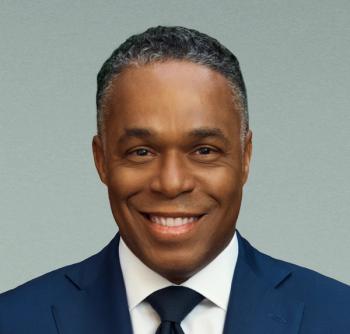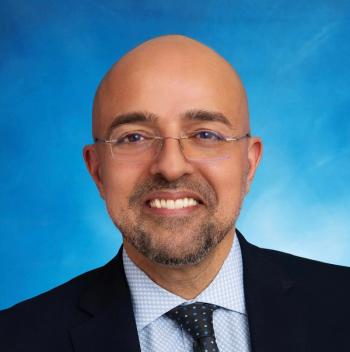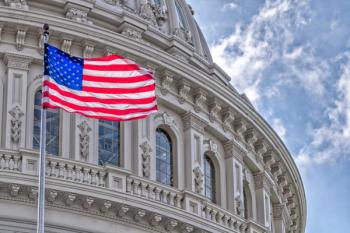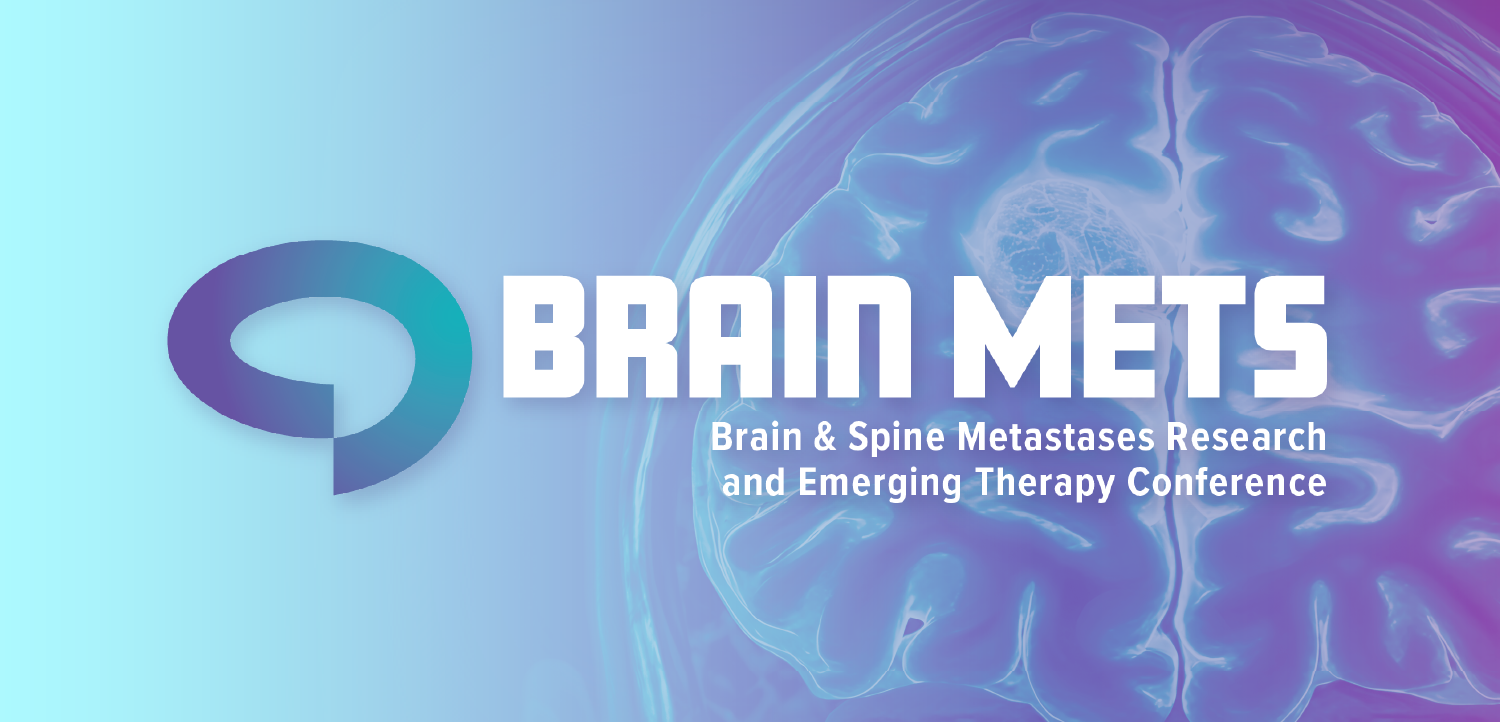
Medical Scribes Can Cut Physician EHR Time and Boost Productivity, Satisfaction
Is this the key to fighting physician burnout?
When one health system used medical scribes to help primary care physicians document notes, they saw “significant reductions” in time spent toiling in electronic health records (EHRs), along with greater productivity and job satisfaction, according to the findings of a new study from Kaiser Permanente.
The finding could be one step in the longer and more challenging battle to extinguish physician burnout, the authors of the study, published today
“Overall, we think that scribes are likely to be a short-term strategy, helping organizations that can afford it get through some of the current difficulties with EHR implementation,” wrote the duo, headed by David W. Bates, M.D., M.S., of Brigham and Women’s Hospital and Harvard School of Public Health.
>>
In the Kaiser Permanente study, researchers aimed to analyze whether medical scribes — people who transcribe clinical notes under the eyes of physicians — could affect EHR documentation burden, productivity, job satisfaction and patient communication for 18 primary care physicians. Investigators spent a year studying the matter in one health system, across two medical centers, with physicians going through stretches of time with and without scribes. Then the doctors and their patients completed surveys.
Periods of time when the doctors had scribes were associated with a daily average of less than one fewer hour spent on EHR documentation. The use of scribes was also associated with higher odds of a physician having reported spending more than 75 percent of a visit with a patient and less than 25 percent taking notes on a computer. And notes from a given encounter were more likely to be fully entered into the EHR by the end of the next business day when a scribe was present.
On the patient end, 450 of 735 (or 61.2 percent) said the presence of a scribe improved their visit, while just 2.4 percent said the scribe had a negative effect.
“Our results suggest that the use of scribes may be one strategy to mitigate the increasing EHR documentation burden among (primary care physicians), who are at the highest risk of burnout among physicians,” the authors wrote.
The finding is an important one for a field that is poised to see more significant professional shortages. By 2030, healthcare
EHR adoption rates, of course,
To free up physician time, healthcare organizations have begun hiring medical scribes. Few “methodically rigorous studies,” however, have examined the use of these paraprofessionals in primary care, according to the authors.
As time goes on and automated transcription technologies mature and become more effective, it’s possible that medical scribes will play less of a role in the clinic. The authors of the related commentary also said that clinical note requirements could change in the future.
“In the meantime, we need to develop documentation approaches that meet current regulatory requirements yet work for busy physicians and do not detract from the important patient-physician human connections during an office visit,” the commentators said. “Scribes are an option with demonstrated benefits.”
Get the best insights in healthcare analytics
Related







































